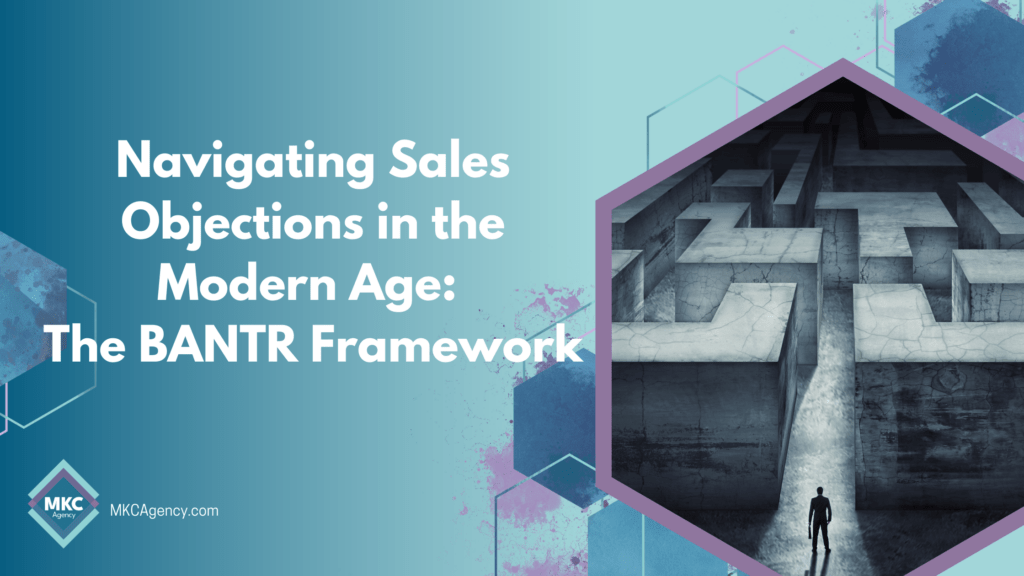In the world of sales, we’ve long relied on the BANT framework (Budget, Authority, Need, Time) to qualify prospects. For years, this tried-and-true method has been a cornerstone in sales strategies across industries. But times are changing, and so are our prospects.
The Evolution of Sales Objections
Prospects are more informed than ever before, transforming the sales landscape. This shift demands an evolution in our approach to sales objections, warranting the addition of RISK into our sales acronym repertoire. The rise of Managed Service Providers (MSPs) has increased the stakes. When you’re dealing with IT stack ripping and replacement, the inherent risks need to be acknowledged and addressed.
So, let’s welcome the era of BANTR.
The Rise of BANTR: Adding Risk to the Equation
Budget: Prospects must not only have the financial resources to purchase your product or service but also perceive its value.
Authority: The person you’re speaking to must have the power to make or influence the buying decision.
Need: There must be a legitimate business need (or pain point) that your product or service can address.
Time: The prospect must have a specific time frame for purchasing and implementing your solution.
Risk: The prospect must feel that the potential rewards of purchasing outweigh the potential risks.
Redefining Sales Objections: The Mindset Shift
Traditionally, the objective has been to ‘overcome’ objections, but the true secret to success lies in ‘diffusing’ them. By carrying out thorough discovery early in the process, we can uncover these potential objections upfront. This preemptive strategy equips us with the knowledge to diffuse any concerns later in the process.
Our job as salespeople (especially ethical salespeople) is to solve our prospects’ problems. So, let’s change our focus from ‘overcoming’ to ‘diffusing’ objections. This approach paves the way for more productive conversations, stronger relationships, and ultimately, more successful sales.
Diffusing Objections: A Hands-On Approach
Budget: Understand if the budget objection is due to perceived lack of value or actual financial constraints. Make your solution accessible and appealing from a financial perspective.
Authority: Identify the decision-makers early in the conversation and provide them with the tools and information they need to advocate for your solution.
Need: Engage in deep discovery to identify pain points. Demonstrate how your solution addresses those pain points, turning latent needs into active ones.
Time: Provide a clear roadmap of implementation, underscoring the short and long-term benefits of your solution.
Risk: Reassure your prospects by openly discussing potential risks and how your product or service mitigates them. Transparency is key in establishing trust and managing risks.
The Future of Sales: A New Era of BANTR
We are embarking on a new era of BANTR in sales. By acknowledging and addressing Risk, we can better cater to our prospects’ needs, mitigate their concerns, and guide them towards the best possible solutions.
And that, my friends, is the future of sales. Are you ready to embrace it?
If you want to dive deeper into the world of sales and marketing, or if you’re keen to explore how this BANTR approach can transform your sales strategy, I invite you to schedule a 1:1 consultation with me, Megan Killion. Together, we can shape the future of your sales processes and ensure your company’s growth.
You can also check out our video Mastering Modern Sales Objections: The BANTR Framework Explained on Youtube!

